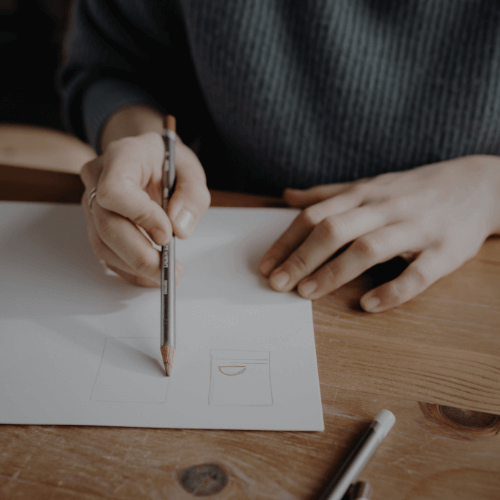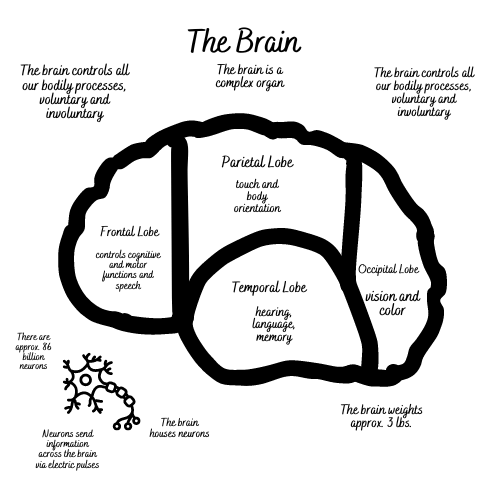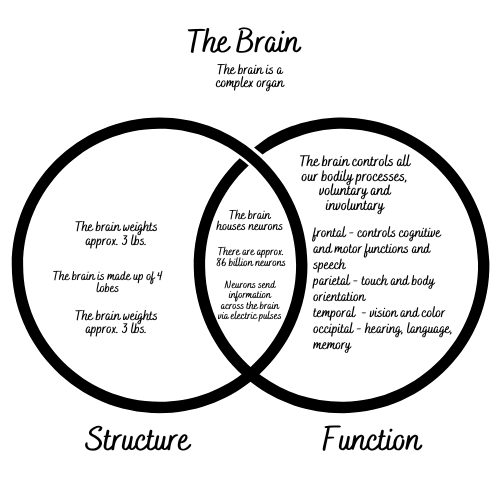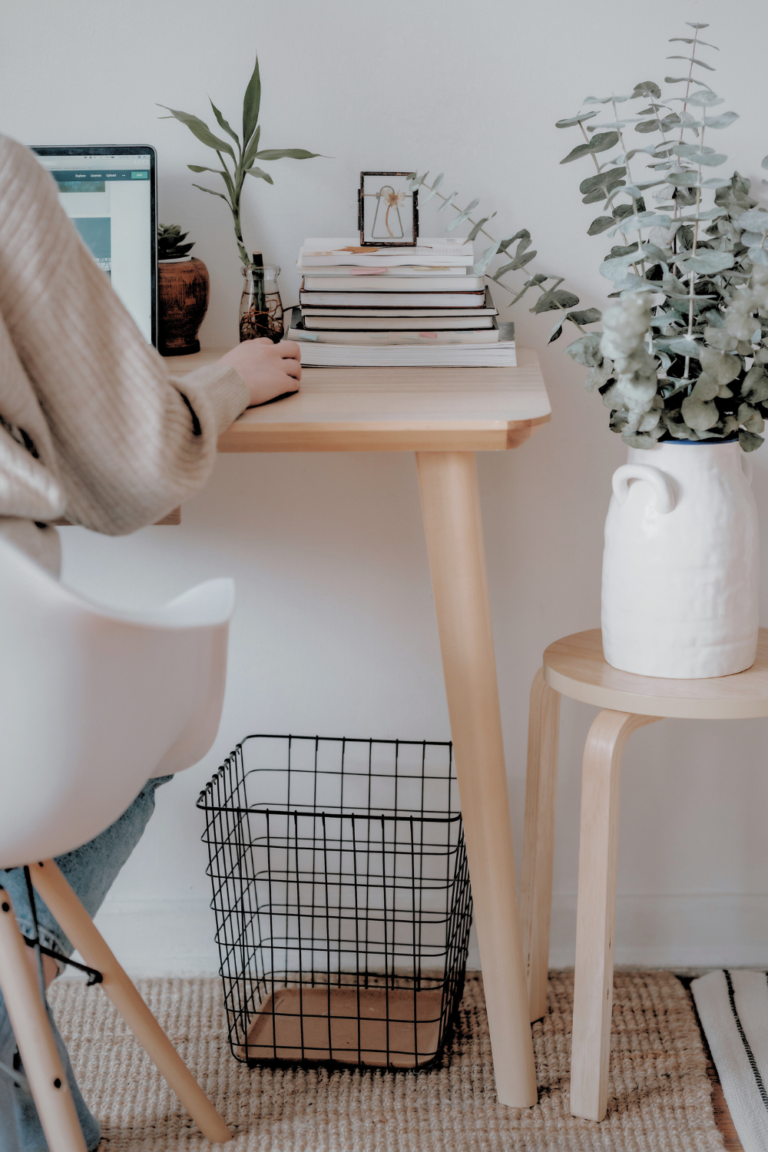Note Taking Method – The Best Ultimate Method For Memory
This post is all about the best note taking methods for helping you actually remember the notes you took. Better notes for better memory!
This post may contain affiliate links, which means I’ll receive a commission if you purchase through my link, at no extra cost to you. Please read full disclosure here.
As an Amazon Affiliate I earn from qualifying purchases.

There are many different note taking methods you might be familiar with:
- Cornell Method
- Mind Maps
- Bullet Points
- Sentence Method
- Charting Method
Why Read This Article?
Typically these are handwritten notes taking methods often taught in high school, that are done in class, to keep them organized and neat so you can reference important points later on.
A note taking method such as the Cornell note-taking method focuses on structure…
- the main topic at the top of the page the main ideas
- main points, key points, etc. in the left column
- general notes in the main right column
- summary section at the bottom of the page.
This note taking method is great for keeping the key concepts organized so you can focus on active listening.
However, what happens outside of class? Does this systematic approach help you actually to remember important information, or does it simply help keep this organized?
Essentially, this is a super helpful way to keep things like major points or key words separate and organized, but it doesn’t necessarily translate to actual retention.
This article will help you discover new note taking methods to help you with your memory.
Let’s discuss several different methods to take your lecture notes and create your own notes to help you to memorize them in real time as you take them.
Note Taking Method For Better Memory
Let’s discuss several different methods to take your lecture notes and create your own notes to help you to memorize them in real time as you take them.
Why do these note taking methods work better for our memory?
The main idea is to create the most effective note-taking strategy that makes sense to you.
Creating a visual representation is a great way to create a study guide. Using different structures is a good idea for different note-taking methods because they help you to use visual cues to better recall information later.
Why?
It’s easier to remember these points because there is a pattern. Our brain is great at recognizing patterns and is constantly screening for them. When we create reasoning or meaning for items it makes it easier to recall information. Essentially information retention.
I recommend utilizing this note taking method for your out-of-class notes when you are studying rather than your in-class notes, but it would work for either. These just require a bit more thought initially. Things like the bullet method are good for quick notes with limited structure whereas Cornell notes require a bit more, and your own method using the below structures in your own words or your own ideas is great for memory/information retention
The Picture Note Taking Method

Now you might be wondering a few things that are important to understand.
I can’t draw how am I supposed to draw something to help me remember better? This is not about being an artist. It’s simply about using critical thinking to create a simple visual representation to help you remember important details and key ideas.
How do I represent a complex chapter or lots of concepts at once? It’s about taking something complex like a large chapter on finance or Shakespeare and making it simpler and easier to remember. It can be anything, it just has to be a clear structure. To remember something like the anatomy of the brain, draw a simple outline of a brain. If you’re learning about a historical figure like Shakespeare sketch a simple drawing like a scroll. Try to get creative with it! 🙂 Just remember, keep it simple. It’s not about having complete sentences it’s about remembering
What if I’m not a visual learner? This is actually a myth. There is no specific method of learning that people must use or that you are just automatically going to be better at. As with anything, things take practice. It really depends on the subject, topic, class, etc., and catering to preference at that time.
Here’s how to complete the picture note taking method.
Step One: Start with your main topic.
Even if your professor told you something along the lines of “the exam will be on chapters 10-12”, try to understand the central topic…. or create multiple concept maps/pictures if you prefer.
For our example, we will be using the brain.
Step Two: Once you have determined your main topic, now you need to determine the shape that will identify/represent your topic.
Try to avoid complete imagery or multiple separate images within your picture. The main point is to try to keep things simple so they are easier to remember.
For our example, we will be using the outline of a brain.
Step Three: Decide on your structured approach.
How are you doing to organize your information?
For our example, an easy way to remember information about the brain is to break it up into parts to mimic the brain’s lobes and write information about each lobe inside each. Then on the outside, you can add different information about different concepts other than the lobes of the brain such as neurons.
Step Four: Recall.
When studying, practice by redrawing or reimaging the shape to recall information about it.
As you describe or draw the brain you will naturally recall information about it because you have created essentially a memory device that makes it easier to understand or remember.
For our example, you might recall that we have broken the brain down into 4 separate lobes and drew a neuron about the brain. You might remember we drew other symbols around it such as a scale under it showing it weighs 3 pounds.
The Venn Diagram Note Taking Method

You might be familiar with Venn Diagrams from other areas of learning such as comparing and contrasting in your English class or history class.
But have you considered using the Venn Diagram image for your entire note taking method?
Here’s how you might do that.
Step One: Draw your Venn Diagram.
You can add two interlocking circles, or honestly anything you prefer. Another idea is that you can make them a different shape. You can add multiple circles if you like.
Step Two: Determine how many shapes you need.
The central idea is to simply label as many circles as you prefer with different ideas.
For our example, the brain, we might label two circles — one with process and one with function. Therefore, we might put the lobes of the brain and the weight of the brain with structure and the fact that the brain controls bodily processes, both involuntary and voluntary into the function section of the brain. Then you might put neurons in the overlapping section of the diagram because they are an important part of the structure, but also are how the brain processes information for the body.
The Square Chart Note Taking Method

This note taking method combines a chart and square structure in order to visualize and organize important information and essentially create a cue column.
Here is how to create a square chart note taking method outline.
Step One: Create the square chart and labels.
Start with a chart, with an X and Y axis.
Then add labels for each axis.
For our example, the brain, we will make the X-axis “function” and the Y-axis “processes”.
These will make up two sides of the chart. Complete it by adding two more sides to create a box shape.
This is your outline for the square chart note taking method.
Step two: Draw your square sections.
Draw a cross from the top to the bottom of the chart and the side to the other side, both right in the middle to create 4 equal-sized boxes.
These boxes will represent the extremes of each axis label.
For our example, the brain, we will put different topics into each square. We will put voluntary and involuntary brain processes into the far extreme of the X-axis, aka the “function” section and the brain weighs 3 pounds into the top square of the Y-axis, aka the “process” section of the square chart. Then things that are boxes that could include both topics are the lobes of the brain and neurons of the brain because they involve both the structure and functions of the brain.
The Funnel/Iceberg Note Taking Methods

This structure is all about taking one topic and breaking it down into smaller and smaller niche topics.
This structure helps you break something down into different sections to make it either more niche or more simplistic or more complex sections.
Here’s how to create the funnel/iceberg note taking method.
Step One: Create your funnel or iceberg.
The up-side-down funnel or iceberg are a similar shape so they make for a great way for visual learners to map different categories into smaller and smaller topics.
Start by drawing your main shape.
Step Two: Break down your funnel/iceberg.
Then the next step is to start breaking it down into as many boxes as you need for this concept map. It can be as many sections as you think will make it effective notes.
Step Three: Add your main topic and organize your points.
The next step is to add your main topic as a label at the top of the image. Then start to organize your points in whatever method you prefer to make it either more specific, more complex, more simple, etc.
Effective notes are simple notes, so try to avoid getting too hung up on little details, the structure, the order, or the size of the boxes. Do what makes the most sense to you so you can better remember and recall the information later.
I hope that these note taking methods are some of the most effective note-taking methods for memory retention so you can better recall it later with visual cues.





